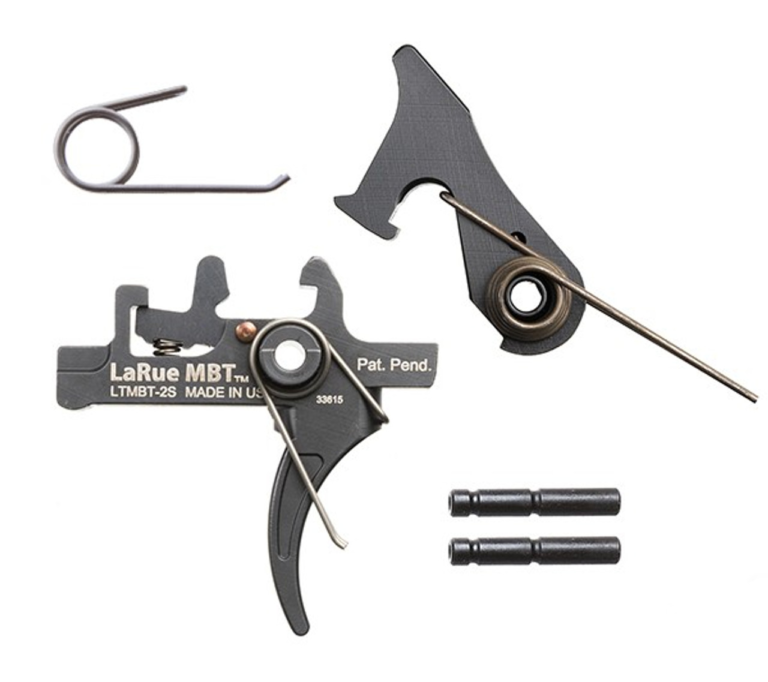How to Troubleshoot Common Ice Cream Machine Issues?
Soft-serve machines offer versatility and a lucrative treatment option, making them a sought-after investment for businesses. However, despite their benefits, encountering mechanical issues can make owners question their choice. Specifically focusing on Spaceman soft serve machines, understanding and troubleshooting common problems is crucial for smooth operations. Ice cream machine repairs come into play when issues arise.
From addressing temperature fluctuations impacting texture to dealing with mechanical malfunctions affecting the machine’s performance, knowing the nuances of these problems ensures timely resolutions. Whether it’s rectifying inconsistencies in freezing or handling motor-related faults, a grasp of these troubleshooting methods helps maintain the machine’s efficiency.
By familiarising yourself with these solutions, you not only ensure uninterrupted service but also maximise the return on your soft serve machine investment, keeping customers satisfied with consistently delightful treats. Knowing how to troubleshoot these can save you from potential frustration and ensure your machine stays in prime condition.
Ice cream To Thin:

If your ice cream turns out too soft or thin, several factors could be at play. Ensure the machine has ample venting space, allowing cool air to circulate freely by maintaining at least three inches of air space on its sides. Also, check for its placement in a cooler area away from direct sunlight or hot air, as high ambient temperatures can compromise the ice cream’s consistency. Adjust the machine’s consistency settings for firmer results if necessary.
Regularly clean the condenser typically every three months to prevent overheating caused by dirt accumulation. Improperly installed augers might also affect the ice cream’s texture; if so, disassemble, clean, reassemble, sanitise, and freeze the machine correctly. Additionally, to prevent breakdown, ensure the ice cream doesn’t sit for too long in the machine, regularly refilling it with fresh product to maintain quality.
Machine Not Running Properly:
When your ice cream machine fails to operate correctly, several potential issues might be causing the problem. First, check the power supply to ensure the machine is switched on, the cord is plugged in, and there are no blown fuses or tripped circuits. If the voltage supply is low, seeking assistance from an authorised technician to diagnose and rectify the issue is essential.
Confirm that the front door is securely in place to prevent any loose or incorrect installations. If the auger isn’t turning, switch the unit off for 15 minutes before restarting. Overloaded drive motors can impede compressor operation; reset by using the “Drive Reset” lever. If issues persist, consult an authorised technician to handle tripped or damaged overload protectors, ensuring proper repair or replacement for continued smooth operation.
Machine Is Experiencing Leaks:
Excessive leaking from a soft serve machine is an anomaly and often stems from specific causes. Incorrect lubrication of the drive shaft gasket could be a prime culprit, leading to leaks. Ensuring thorough lubrication with a food-grade product like Spaceman’s recommended lubricant is crucial.
Additionally, improper assembly of machine parts might contribute to this issue. Parts should interlock smoothly without the need for excessive force. If leaks persist despite proper lubrication and assembly, seeking further guidance through provided resources or articles can aid in resolving the problem. Moreover, regular replacement of wearable parts like gaskets, O-rings, and scraper blades every three months is advisable to maintain optimal machine efficiency and prevent such leakage issues due to wear and tear.
Your Components Are Rusty:
Rust often becomes the culprit behind ice cream maker malfunctions, commonly triggered by moisture in kitchen environments. The presence of rust in crucial components like the paddle or motor impedes smooth movement, affecting the machine’s functionality. To combat this, meticulous cleaning and thorough drying of all components before reassembly are imperative.
This prevents the formation of both rust and mould, ensuring hygienic conditions essential for optimal machine performance and safe serving. Implementing preventive measures through proper cleaning routines is key to safeguarding your ice cream maker from further damage caused by rust, preserving its longevity and efficiency for delightful frozen treats.
Temperature Troubles:
One common problem involves inconsistent temperatures affecting the freezing process in ice cream machines. If your machine struggles to freeze the mixture adequately, start by examining the freezer’s temperature settings. Sometimes, a simple adjustment or allowing the machine more time to cool can rectify the issue.
Moreover, ensure the machine is positioned in a cool area, away from direct sunlight or sources of heat that might disrupt its cooling capabilities. Proper placement and temperature control are essential to ensure the machine operates optimally, delivering deliciously frozen treats consistently.
Troubleshooting an ice cream machine involves a blend of understanding its mechanisms, monitoring temperature control, and ensuring flavorful ingredients. Regular maintenance, proper usage, and timely identification of issues can prolong the life of your machine and guarantee a consistent supply of creamy delights. By addressing common problems promptly and effectively, you’ll keep your ice cream machine spinning happily, serving up delightful frozen treats for years to come.






